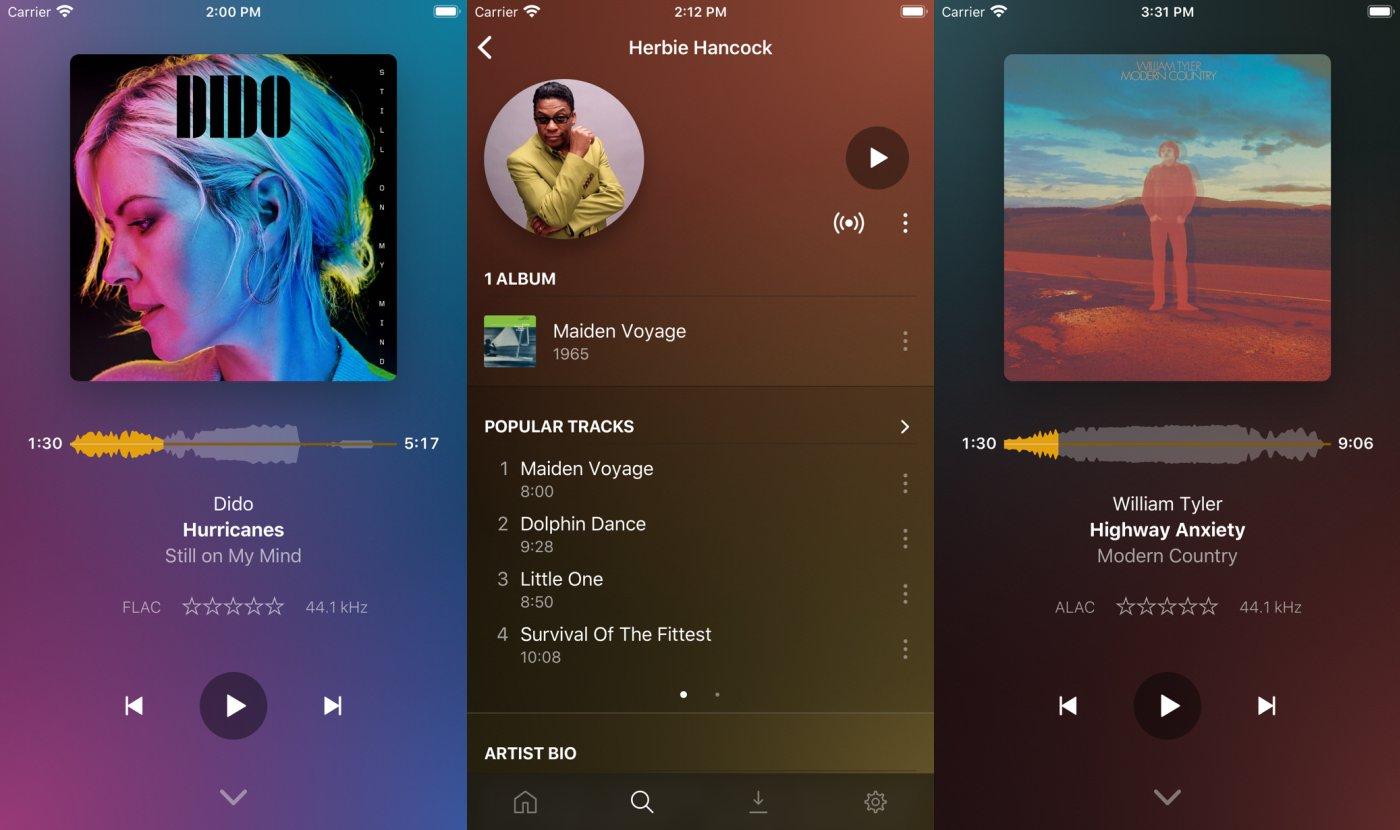

Now that we have CATT set up, it’s time to get it working with HASS. If you do, see the CATT Readme section here. You can stop it by running catt -d "NAME_OF_DEVICE" stopĪt this point you’re all set with CATT, unless you want to set up some default settings.

You should be able to see the Google webpage on your Hub. “NAME_OF_DEVICE” is whatever the name of the device is from running “catt scan” Then you can test it out by running: catt -d "NAME_OF_DEVICE" cast_site I would suggest starting with running “catt scan” to make sure you can find all your Chromecast devices. Volumeup Turn up volume by a DELTA increment. Volumedown Turn down volume by a DELTA increment.

Status Show some information about the currently-playing video. Set_default Set the selected device as default. Set_alias Set an alias name for the selected device. Scan Scan the local network and show all Chromecasts and their IPs. Save Save the current state of the Chromecast for later use. Restore Return Chromecast to saved state. Remove Remove a video from the queue (YouTube only). Play_toggle Toggle between playing and paused state. Play Resume a video after it has been paused. Info Show complete information about the currently-playing video. Here’s a list of all the commands: Commands:Īdd Add a video to the queue (YouTube only).Ĭast Send a video to a Chromecast for playing.Ĭast_site Cast any website to a Chromecast.ĭel_alias Delete the alias name of the selected device.įfwd Fastforward a video by TIME duration. Once installed, using CATT is fairly straightforward. You may need to make it “pip” depending on how you have Python/pip installed
PLEXAMP GOOGLE ASSISTANT INSTALL
The install command is: pip3 install catt Please note I haven’t used so can’t speak to how well it works). I don’t use Hass.io so can’t help with the install there check out this GitHub which should allow for CATT control via HASS. Open up a terminal on whatever device you use to run HASS (if you’re running HASS.IO/HomeAssistant you probably need to use a different machine. Let’s go through the steps to get it installed and working with HASS. There’s an alternative out there called, appropriately, “Cast All the Things” and it’s available on Github. Then one day I stumbled across this thread in the HASS Community forum. There’s also issues that you need your HASS installation to be remotely accessible (either through NabuCasa or your own webpage/dynamic DNS url) which isn’t an issue for many but for some it might be. This Github issue is representative of the many issues I had. A common scenario would be I either got just a blank screen or I would get a HomeAssistant screen with “Connected” but no Lovelace page or even an error that it couldn’t find the path, despite the fact that it had worked before and I had not changed anything on my end. Unfortunately for me I could never get it to work consistently enough. One example I use is to pull up a Google Maps view of my commute that shows me traffic data, and another example is to pull up a radar image on my nightstand so I can easily see if it’s raining when I wake up and decide whether I should go back to bed or go for a run. There are a lot of possible use cases, from a security camera monitor to light/room controls and even media controls. Essentially it allows you to cast a Lovelace page to your Hub and you can use the touch screen to interact with the page, just like a tablet. Home Assistant Cast was announced about 9 months ago (August 2019) and it’s a very nifty concept if you have a Google/Nest Home Hub.


 0 kommentar(er)
0 kommentar(er)
